24 Senecio Lower Classifications (With Pictures)
Welcome to the amazing world of Senecio, a super-sized family of plants that’s so huge, it boasts over a thousand different kinds! These leafy relatives are spread out all across the globe, thriving in all sorts of places.
Now, here’s a fun fact: not every Senecio you bump into is going to be a succulent. You know, those juicy, thick-leaved plants that are all the rage for their low-water needs and cool, chunky look? Yeah, only about 100 out of the whole lot are the succulent type.
And that’s exactly what we’re diving into today. Get ready to explore and get to know some of the specialized members of the Senecio family – the succulent variety. So stick around and let’s get friendly with these plump plant pals!
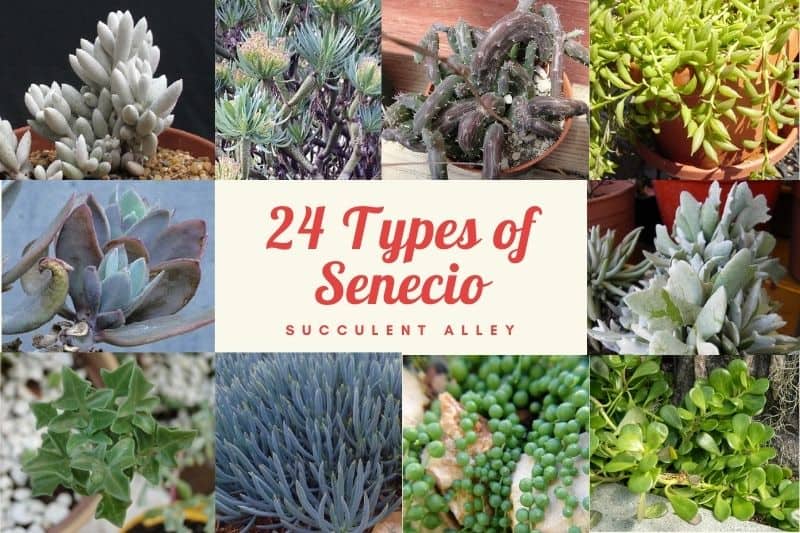
Related Post:
1,000 Types of Succulents with Pictures
Contents
- 1 Types Of Senecio Succulents
- 1.1 Senecio acaulis
- 1.2 Senecio anteuphorbium
- 1.3 Senecio articulatus
- 1.4 Senecio barbertonicus
- 1.5 Senecio cedrorum
- 1.6 Senecio citriformis
- 1.7 Senecio crassissimus
- 1.8 Senecio ficoides
- 1.9 Senecio fulgens
- 1.10 Senecio haworthii
- 1.11 Senecio herreianus
- 1.12 Senecio jacobsenii
- 1.13 Senecio kleinia
- 1.14 Senecio kleiniiformis
- 1.15 Senecio longiflorus
- 1.16 Senecio oxyriifolius
- 1.17 Senecio pendulus
- 1.18 Senecio radicans
- 1.19 Senecio rowleyanus
- 1.20 Senecio scaposus
- 1.21 Senecio scaposus var. addoensis
- 1.22 Senecio stapeliiformis
- 1.23 Senecio talinoides
- 1.24 Senecio talinoides subs. cylindricus
- 1.25 Senecio talinoides subs. mandraliscae
- 2 Senecio Varieties – Characteristics and Care
Types Of Senecio Succulents
Welcome to the quirky and surprising lineup of Senecio plants, where each leafy character takes on a unique persona! Let’s meet some of the diverse members of the Senecio succulent types, from short to tall and funky to formal, and see just how varied these green guys can get.
Senecio acaulis
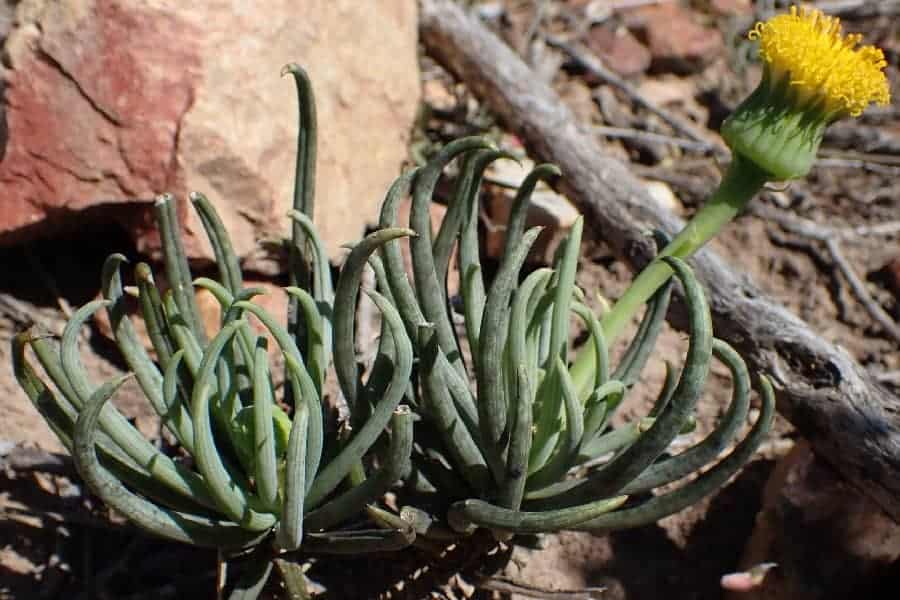
Starting off our plant parade, we’ve got the Senecio acaulis, sporting long, tube-like leaves that curl inward almost like they’re trying to keep a secret. These guys throw a party when they bloom, sending up cheerful yellow flowers on stalks that could tower over your favorite bedtime book.
Senecio anteuphorbium
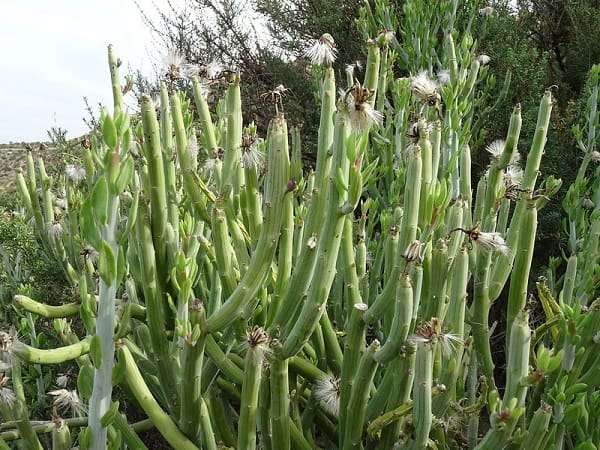
Who’s that playing peekaboo with its yellow flowery eyes? Ah, it’s the Senecio anteuphorbium! This one’s a rebel, sleeping through the summer heat and growing like it owns the place. Fun fact: it was so adored in Europe, that it’s been gracing gardens since practically forever, around 1570!
Senecio articulatus
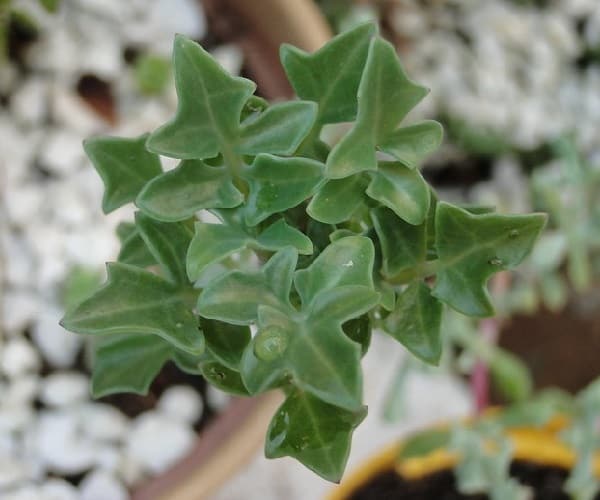
Meet the Senecio articulatus, a plant that takes a snooze and drops its leaves for part of the year. It’s like a sprawling mini-tree with an underground web of tubers keeping it anchored down. No need for alarm, though—it’s all part of the show.
Senecio barbertonicus
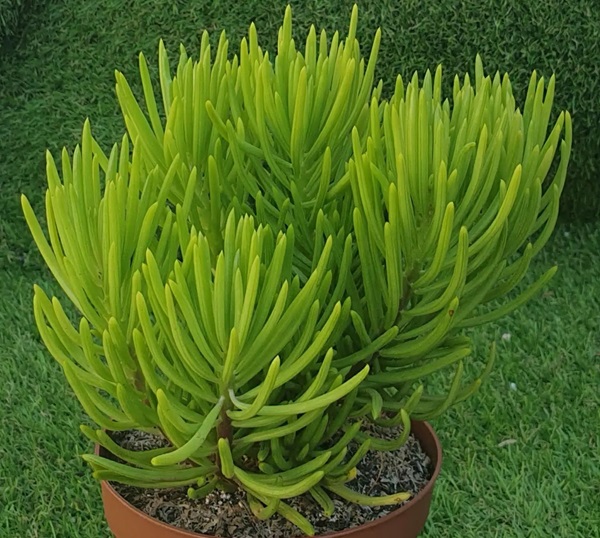
Don’t miss the Senecio barbertonicus, named after its hometown, Barberton. This one’s a charmer with its sweet-smelling winter flowers and its strappy, upward-reaching leaves that almost look like they’re giving you a high-five.
Senecio cedrorum
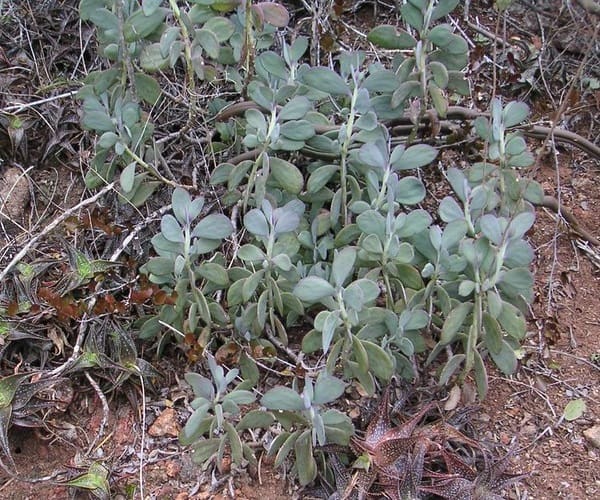
Check out the Senecio cedrorum, standing proud and evergreen with blue, vertically posed leaves that stand out with darker veins, like nature’s own marbled masterpiece.
Senecio citriformis
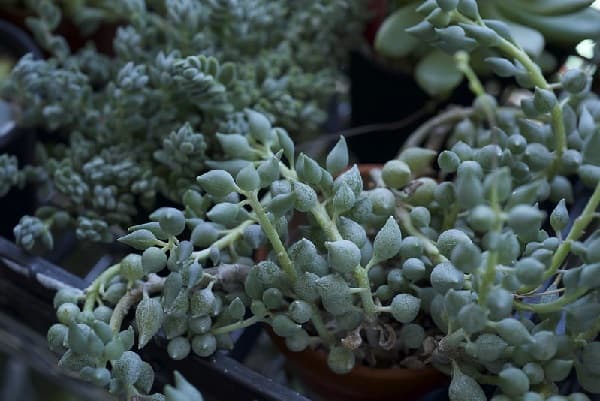
If you’re into unique, the Senecio citriformis has got your number. It’s cloaked in spindle-shaped, lemon-outline leaves with a cool grey-green texture you’ll have to stop and touch. Plus, it’s a late bloomer with tiny yellow flowers that pop up when it gets chilly.
Senecio crassissimus
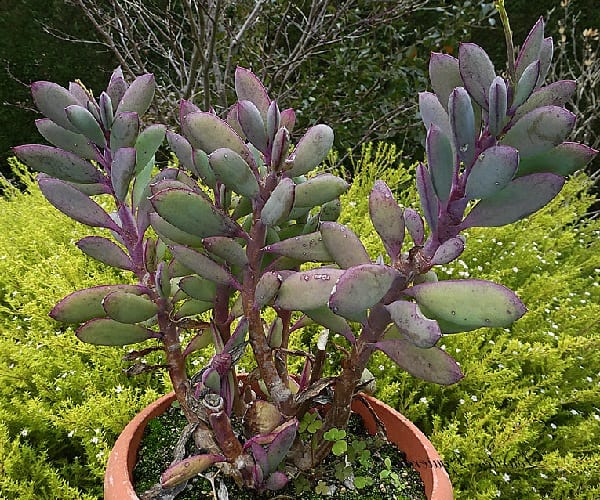
And for the ones who appreciate the bold, let’s chat about the Senecio crassissimus, the “Vertical leaf senecio” or “Propeller plant.” This plant’s got style with its silver-grey, pancake-thin leaves that look like they’re standing to attention. It’s also not shy about showing off its bright yellow flowers from summer through fall.
Senecio ficoides
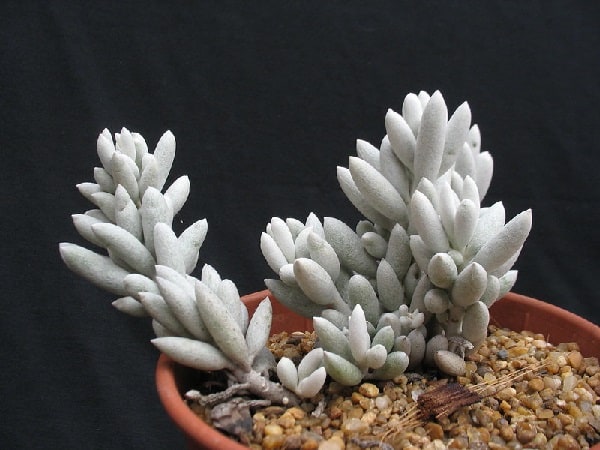
Looking to add some elegance to your space? The Senecio ficoides is at your service, with its tapered, blue-grey leaves that shimmer like they’re covered in morning dew. It’s got a history too—it’s been wowing since 1702, and you can even nibble on it! Veggie garden, meet succulent chic.
Senecio fulgens
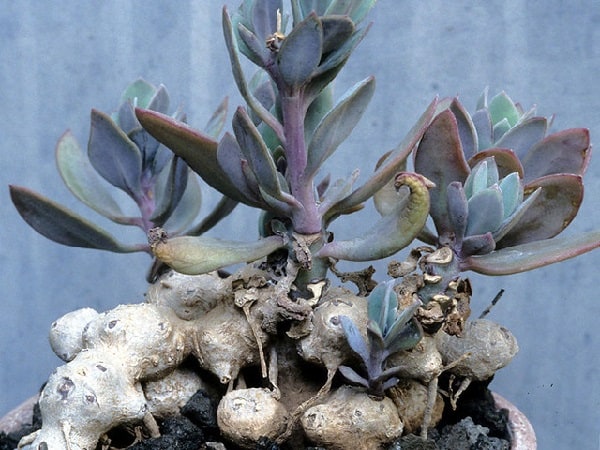
Stand back for the showstopper, Senecio fulgens, aka Kleinia fulgens, decked out in a burst of red-orange flowers that could fool you into thinking they’re precious thistles. And those leaves? Arranged like a spiral staircase leading up to… nowhere. Just because they can.
Senecio haworthii
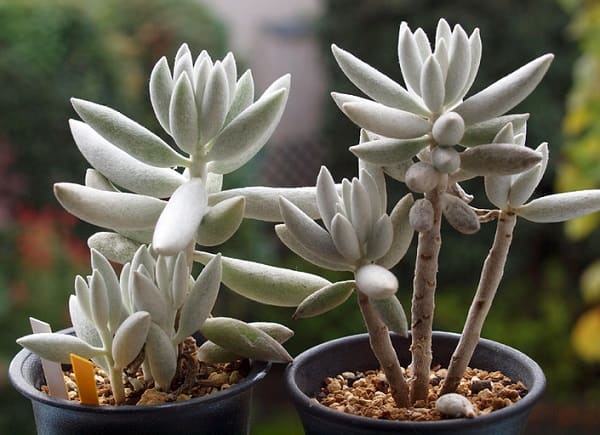
And the award for the most huggable plant goes to… Senecio haworthii! This Woolly Senecio is wrapped in a cozy blanket of white, making it look like it’s been dusted with snow, no matter the weather.
Senecio herreianus
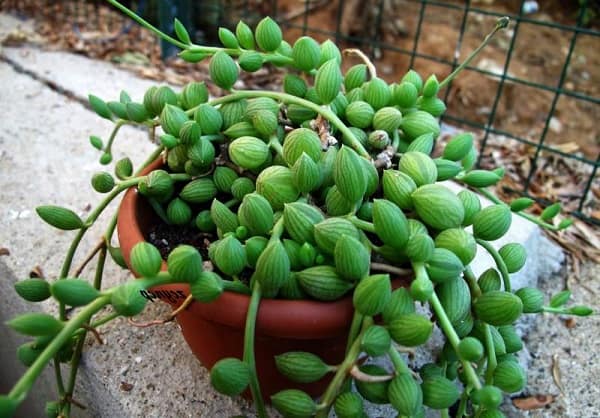
Feel like dangling some plant jewelry? Senecio herreianus has got you covered with its bead-like leaves strung along hanging stems, just waiting to grace your favorite hanging planter.
Senecio jacobsenii
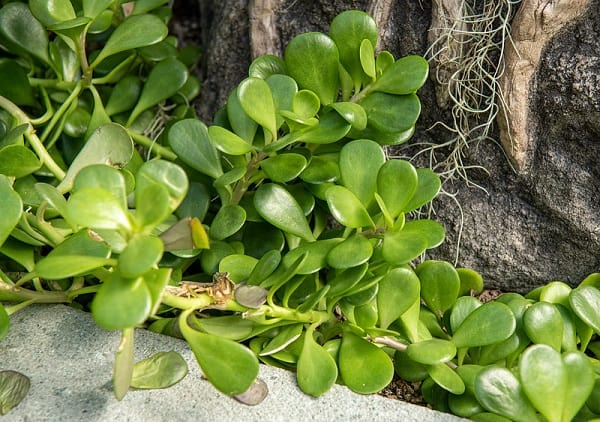
For a dramatic flair, the Senecio jacobsenii, or “Trailing Jade,” drapes its pinkish-green leaves over the edge of pots like a waterfall. And when it blooms? Pure orange brilliance.
Senecio kleinia
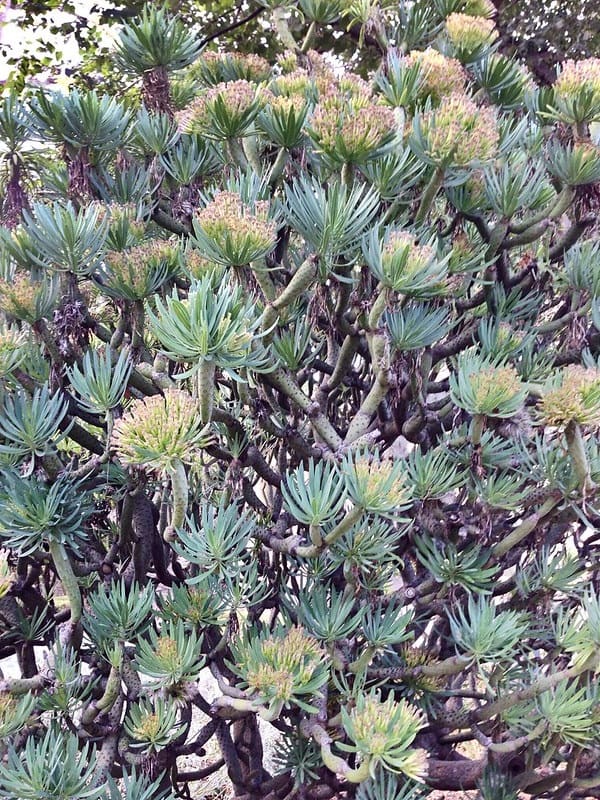
Then there’s Senecio kleinia, holding its head high like a mini-tree, decked out in leaves that could make the most elegant of oleanders jealous.
Senecio kleiniiformis
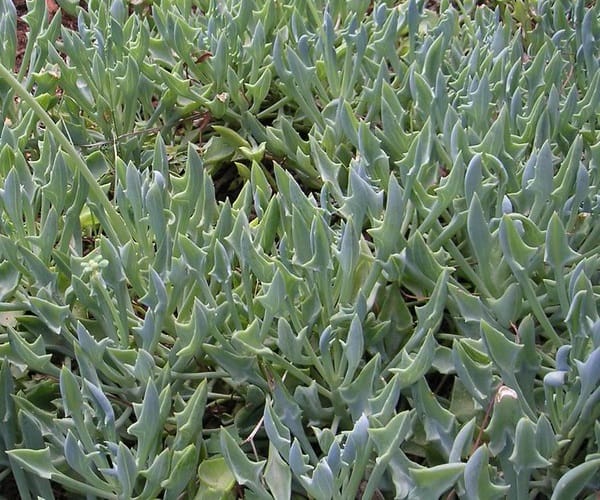
Do sword fights tickle your fancy? The Senecio kleiniiformis, dubbed the Spearhead, boasts leaves shaped just like… well, spearheads. It’s a slow-grower, but when it flowers, it really couldn’t care less about impressing with its pale yellow blossoms.
Senecio longiflorus
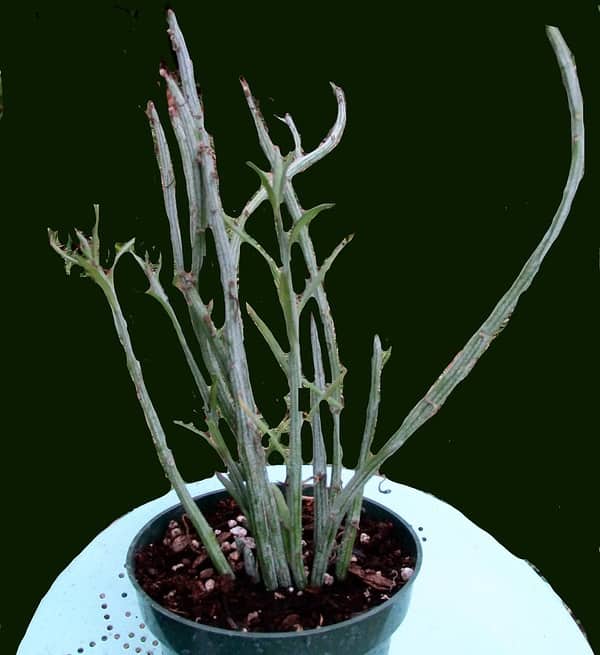
If you prefer a high-stakes drama, the Senecio longiflorus rises to the challenge, shooting up tall, blue-green stems without a lot of leafy fuss. It’s like looking at a green Euphorbia but without the sticky sap.
Senecio oxyriifolius
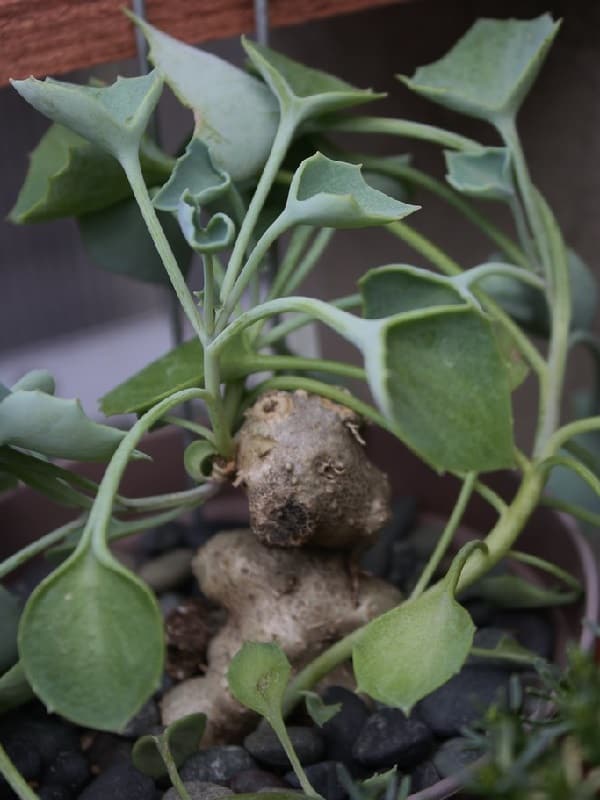
Take a walk on the wild side with Senecio oxyriifolius, where the leaves are as unpredictable as a plot twist in your favorite mystery novel—creeping along, then bam! A bright yellow bouquet springs up to say hello.
Senecio pendulus
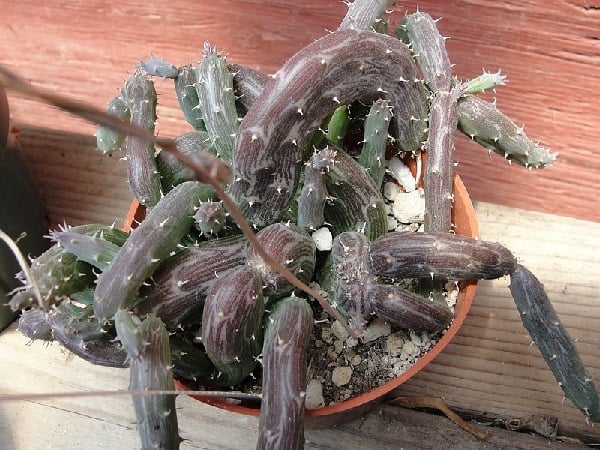
Ever seen a plant strut? The Inch Worm, or Senecio pendulus, stretches out with marbled stems that bend and touch the ground, popping up new stems like a magician pulling rabbits out of a hat.
Senecio radicans
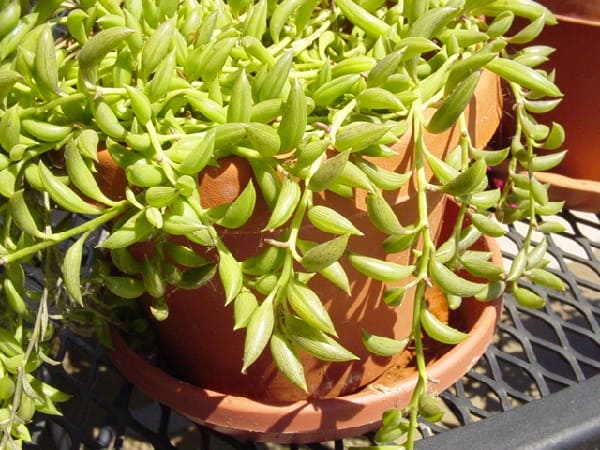
Let’s talk about the beloved Senecio radicans (Fish Hooks Senecio)—a cascade of banana-shaped leaves that tumble out of pots and baskets, chasing the String of Pearls for the title of “most charmingly named succulent.”
Senecio rowleyanus
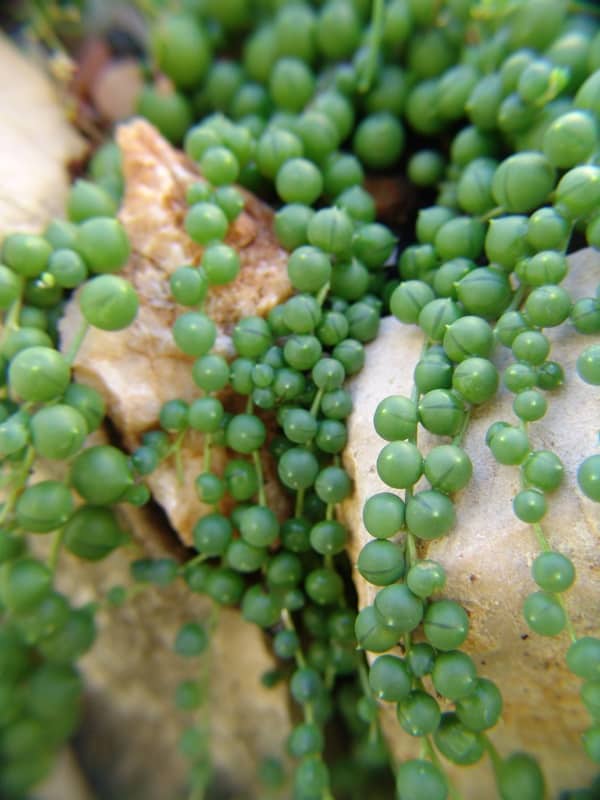
Hope you’ve got some more room on that windowsill because Senecio rowleyanus is bringing its “String of Beads” look to the party. It’ll spill over the edge of any container, dripping with leafy baubles like a plant pearl necklace.
Senecio scaposus
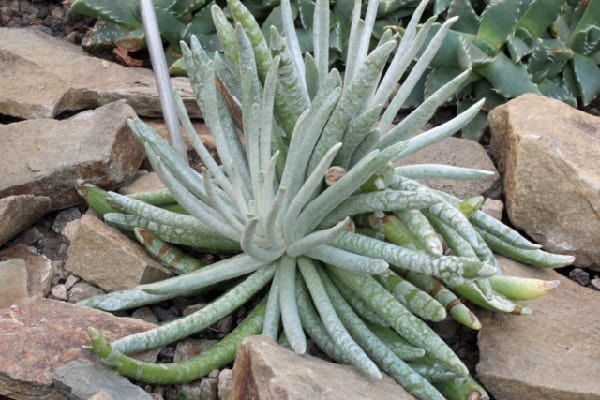
For those who love a low-profile look, Senecio scaposus keeps it close to the ground, spreading out and forming cozy plant communities.
Senecio scaposus var. addoensis
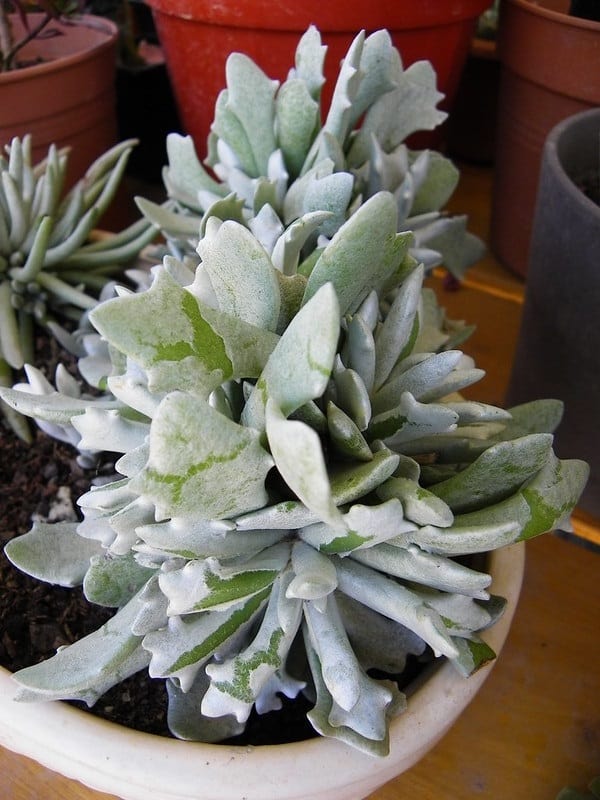
Not to be outdone, Senecio scaposus var. addoensis twists its leaf-tips, creating shapes that range from triangular to spoon-like. Plus, it’s got a stylish silver coat that’s all about that succulent sun protection.
Senecio stapeliiformis
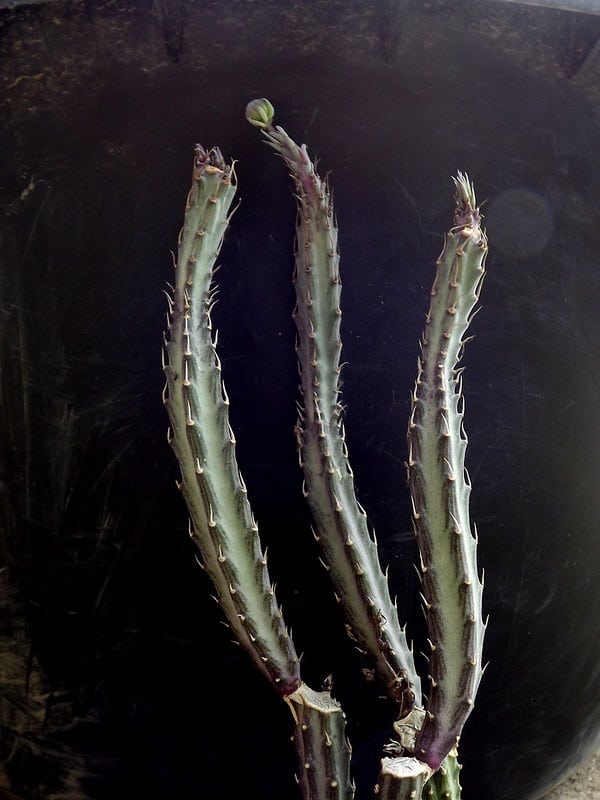
Senecio stapeliiformis steals the show with its pencil-shaped stems and soft spines, topped off with bold orange flowers that’ll remind you of a hawkweed in full regalia.
Senecio talinoides
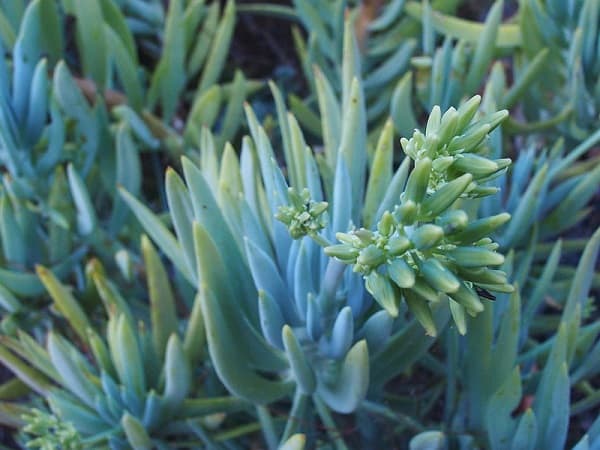
The Senecio talinoides itself is a succulent VIP, part of a larger group that could make plant identification feel like a wild goose chase. With its semi-trailing demeanor and leaves reaching for the sky, it’s a must-have for anyone looking to bring some vertical greenery into their lives. It doesn’t shy away from splitting into different branches either—just like it can’t decide on its best look.
Senecio talinoides subs. cylindricus
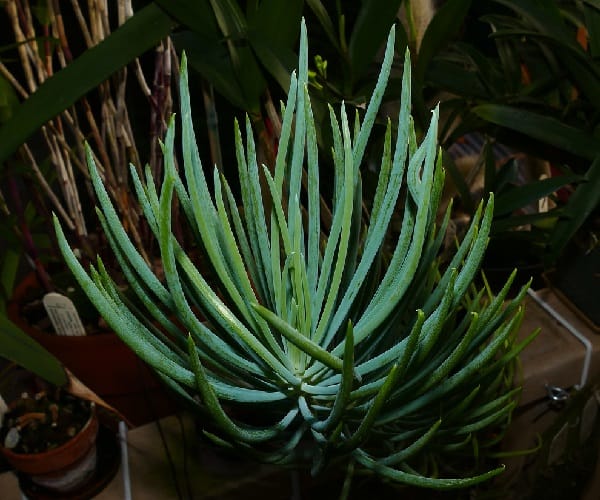
Next up is Senecio talinoides subsp. cylindricus, also known as the Narrow-Leaf Chalksticks. This low-growing, evergreen succulent is stylish with a capital ‘S’. It stands tall and spreads out wide, showing off its long, tube-like, slightly curvy, grey-green leaves. Wearing a bloom of flowers in the warmer months, it could be mistaken for the serene cousin of Senecio talinoides. But with its distinct personality, it deserves its very own round of applause.
Senecio talinoides subs. mandraliscae
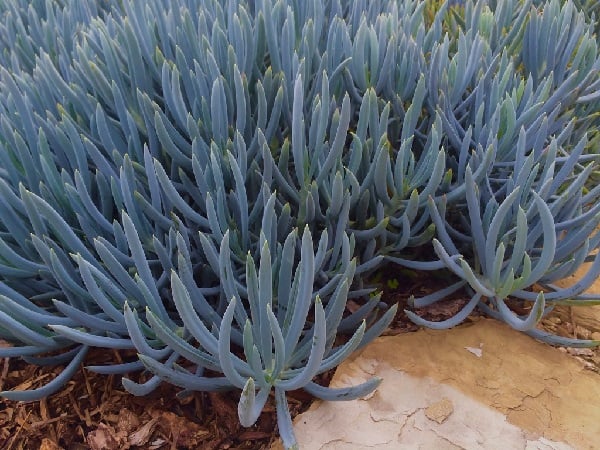
Last but not least, let’s put our hands together for Senecio talinoides subsp. mandraliscae (blue chalk sticks)—it’s the mysterious one, maybe even a hybrid in disguise. With its baby-blue leaves, this one is like a succulent wearing a powder-blue suit tailored to perfection. It’s the bluest of the talinoides group, sporting a waxy white coat that’s as stylish as it is protective under the searing sun.
Senecio Varieties – Characteristics and Care
Step right up to the world of Senecio succulents, the low-growing heroes that can transform your garden or potted plant collection with their drought-busting powers. These tough little plants love soaking up the sun and taking the heat like champs.
But hold on, plant lovers! There’s a word of caution: many of these Senecio species pack a punch that’s not pet or kiddo-friendly. So, let your furry friends and little ones admire them from a safe distance.
Let’s talk specs. The Senecio’s full name in the plant world is Senecio spp., and it thrives on warm vibes. While it can dress down for a splash of cold or damp weather, it’s not really into that whole chill scene for the long haul.
When it comes to sunshine, these succulents have preferences. Some are total sunbathers, while lots would rather ease into their day with a bit of morning sun followed by some shady R&R for the afternoon. They’re all about that glow, not the sunburn.
Size-wise, they’re on the petite side, usually hanging out under a foot tall, making them perfect for tucking into those small spaces that need a green touch.
The dirt on dirt? It’s gotta be a well-draining type because Senecio roots are like sugar in the rain—they just can’t handle too much water.
As for watering, established Senecio plants are as independent as they get. If they’re living the pot life, give them a drink only when their earthy pad has dried out.
Want to give your Senecio a little snack? Treat them to some fish emulsion or worm castings when they’re in the mood for growing. It’s like a health shake for plants, keeping them happy and thriving in their prime time.
